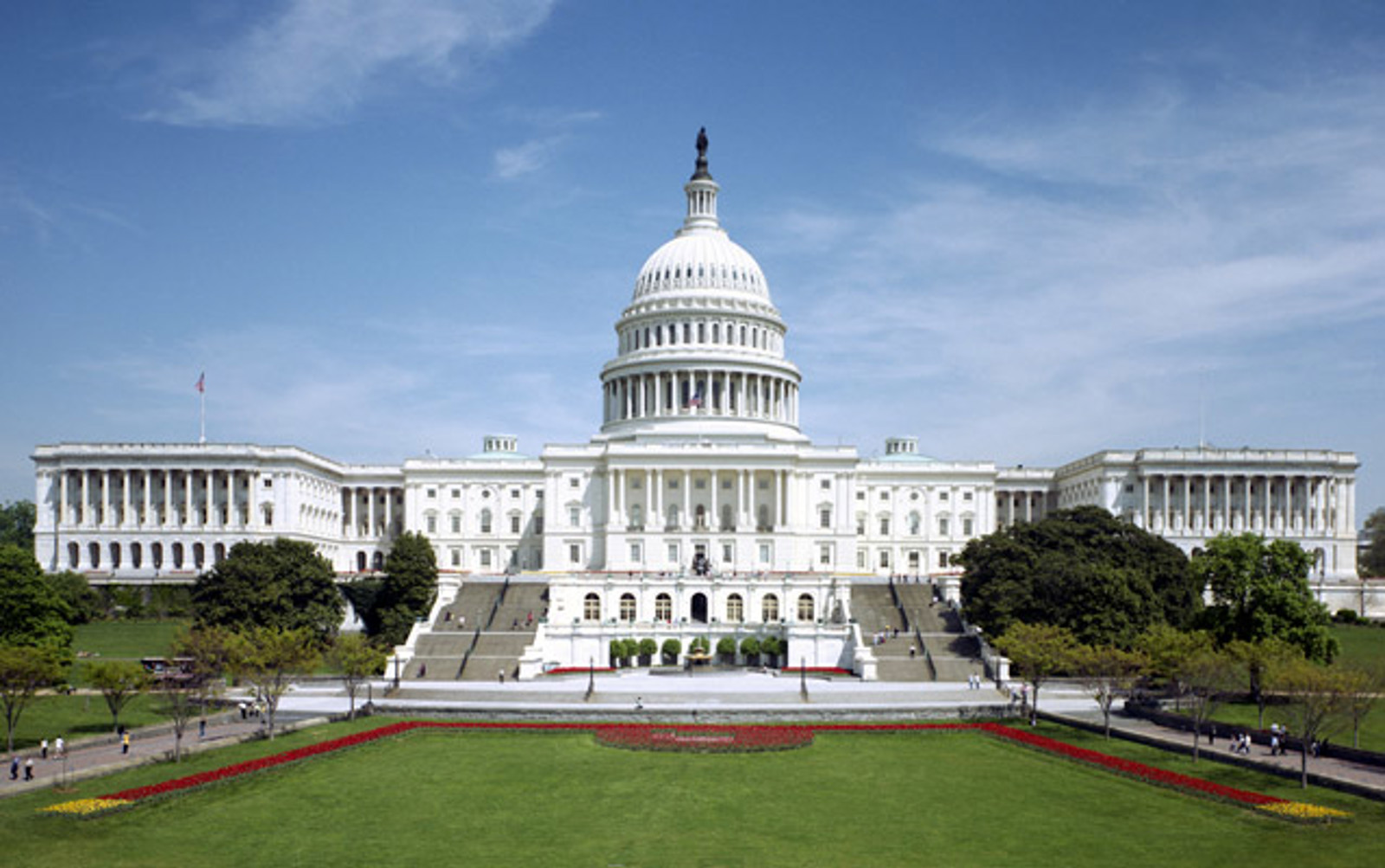Senate Education Spending Bill Rejects President’s Proposed Cuts and Program Eliminations
Before the August recess, the Senate Appropriations Committee marked up the FY 2026 Labor-HHS-Education spending bill, rejecting the president’s proposed cuts and providing bipartisan support for priorities across the bill.
The Department of Education will receive $79 billion in discretionary funding, which is $61 million below the FY 2024 appropriated amount. Current funding is under a FY 2025 continuing resolution which is slightly less than the FY 2024 funded levels.
The bill level funds all student aid programs. With the additional $10.5 billion for the Pell Grant shortfall provided in the July reconciliation bill, appropriators were able to provide a Pell Grant maximum award of $7,395 for the 2026-27 award year. Without this funding, a $1,685 cut to the maximum award was on the table as proposed by the president to keep the program within its budget. Congress will need to continue to address the full funding of the Pell Grant program to avoid annual funding shortfall hurdles.
The Senate bill level funds Supplemental Educational Opportunity Grants, Federal Work-Study, TRIO, GEAR UP and Graduate Assistance in Areas of National Need, which were all proposed for elimination in the president’s budget.
In the higher education account, other programs proposed for elimination in the president’s budget were maintained but with slight cuts, including Title VI International Education, Teacher Quality Partnership Grants and Title III-Part A Strengthening Institutions Grants.
The bill also includes $226 million for earmarked congressionally directed spending in higher education, which includes projects for many private, nonprofit colleges and universities.
The Senate will consider this bill along with the defense spending bill in September.
On the other side of the Capitol, the House Appropriations Committee will mark up its Labor-HHS-Education bill in September. Specifically, the markup is scheduled for September 4 in subcommittee and September 9 in full committee. The House bill has an allocation that is $12.5 billion lower than the Senate bill and is expected to include cuts to education funding.
The differences between the Senate and House bills will have to be resolved before a final FY 2026 funding bill can be enacted by Congress and signed by the president. If they do not agree on final amounts by September 30, Congress can enact a continuing resolution to keep the government running or can let funding lapse and cause a government shutdown.
For more information, please contact:
Stephanie T. Giesecke

